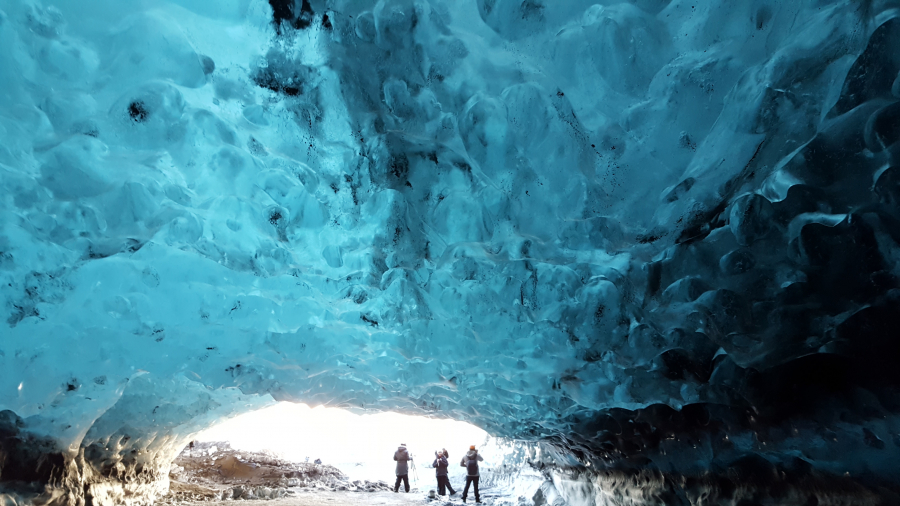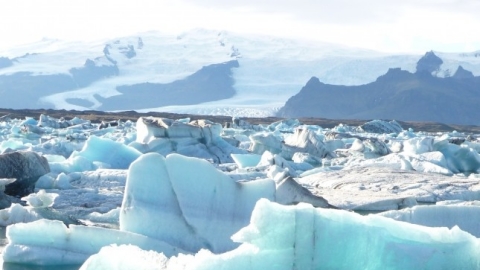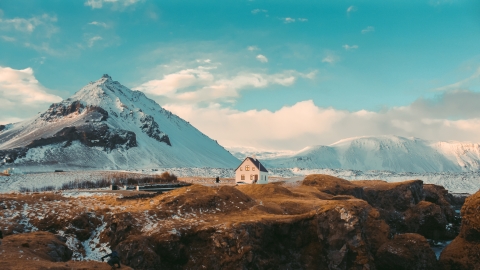Nature always gives humans priceless creations, and Vatnajökull cave in Svinafellsjokull, Iceland is one of those treasures. Any tourist who has ever set foot here must be overwhelmed by this majestic ice cave for two reasons: the coldness and the surreal, magical beauty.


Vatnajökull Ice Cave, Iceland has long been a famous tourist destination in the world. It is known that Vatnajokull Cave was formed by a thousand-year-old glacier on the island of Oaefajokull, which owns Iceland's highest volcano.

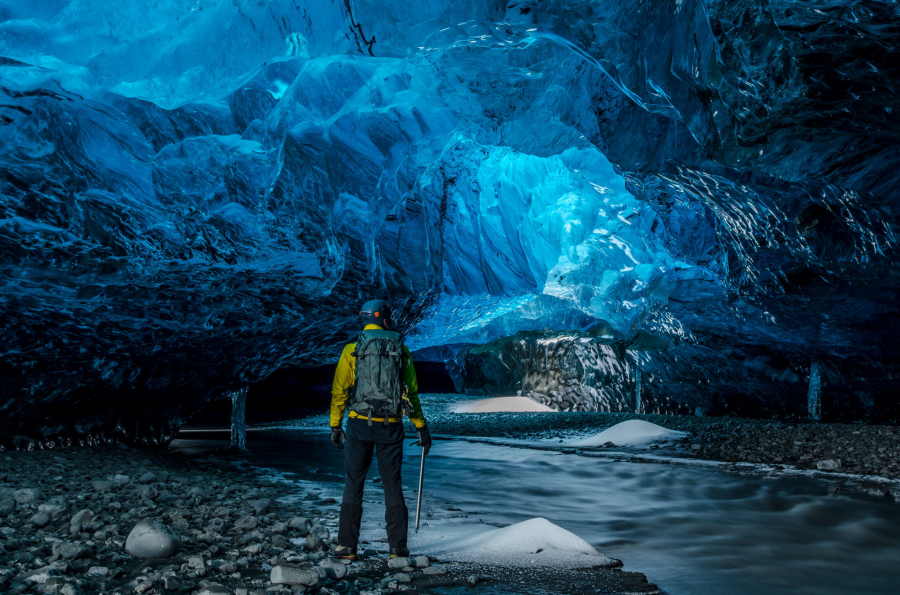

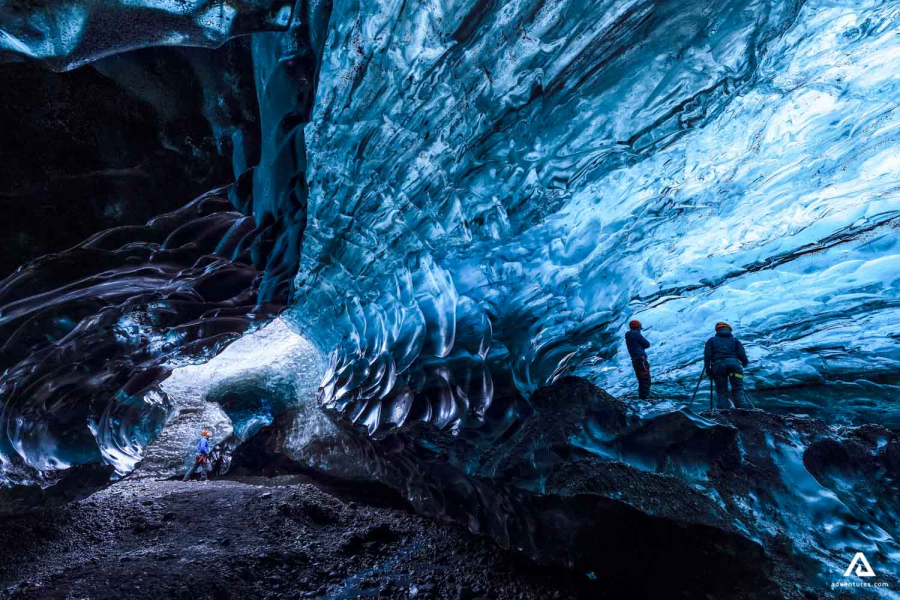
When summer comes, warm temperatures and sunlight will melt the surface of the glaciers, these streams will seep through the melted ice crevices, flow through underground veins or holes to the bottom of the glacier, creating wide gaps in the riverbed, and creating magical soft ice caves.
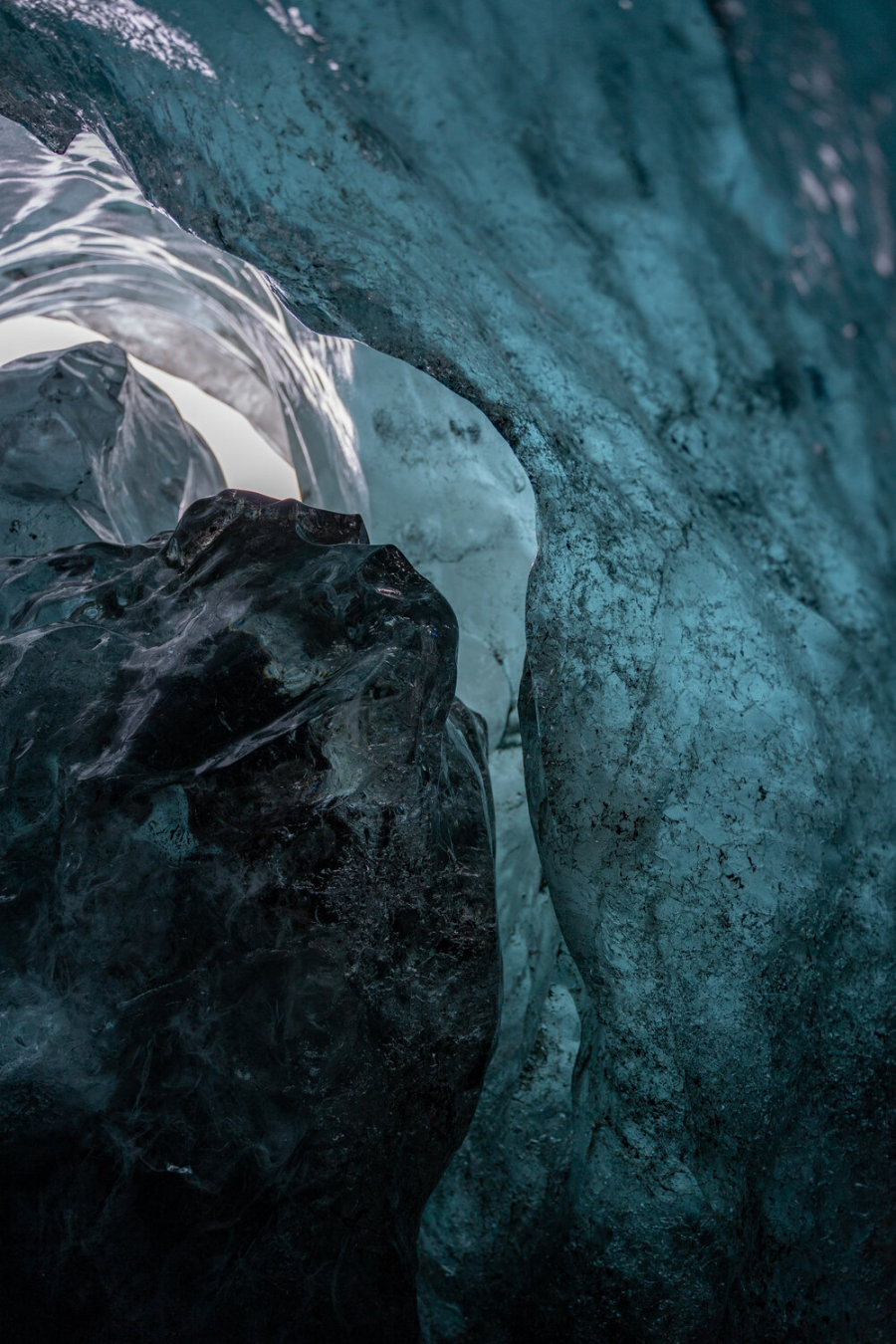
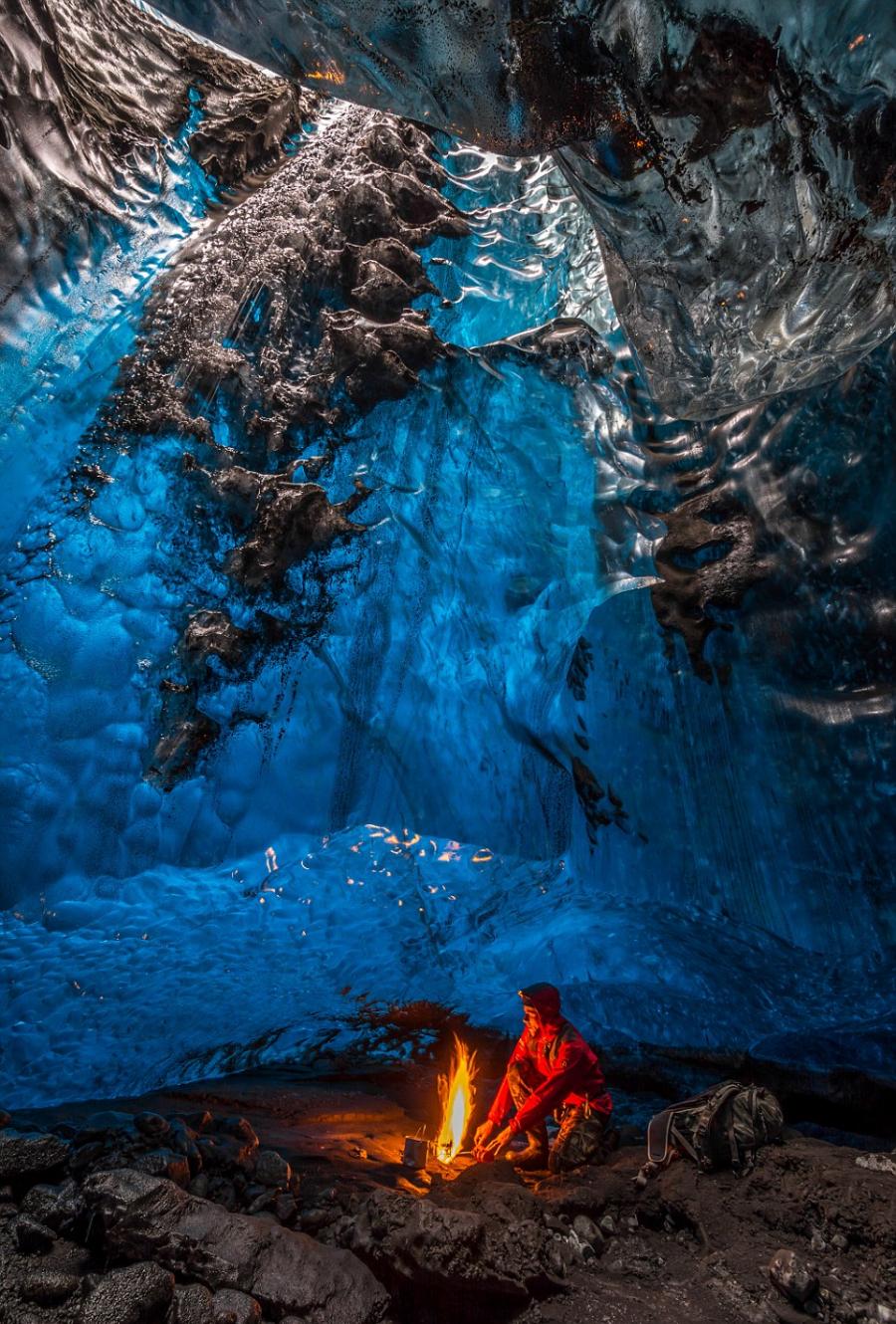
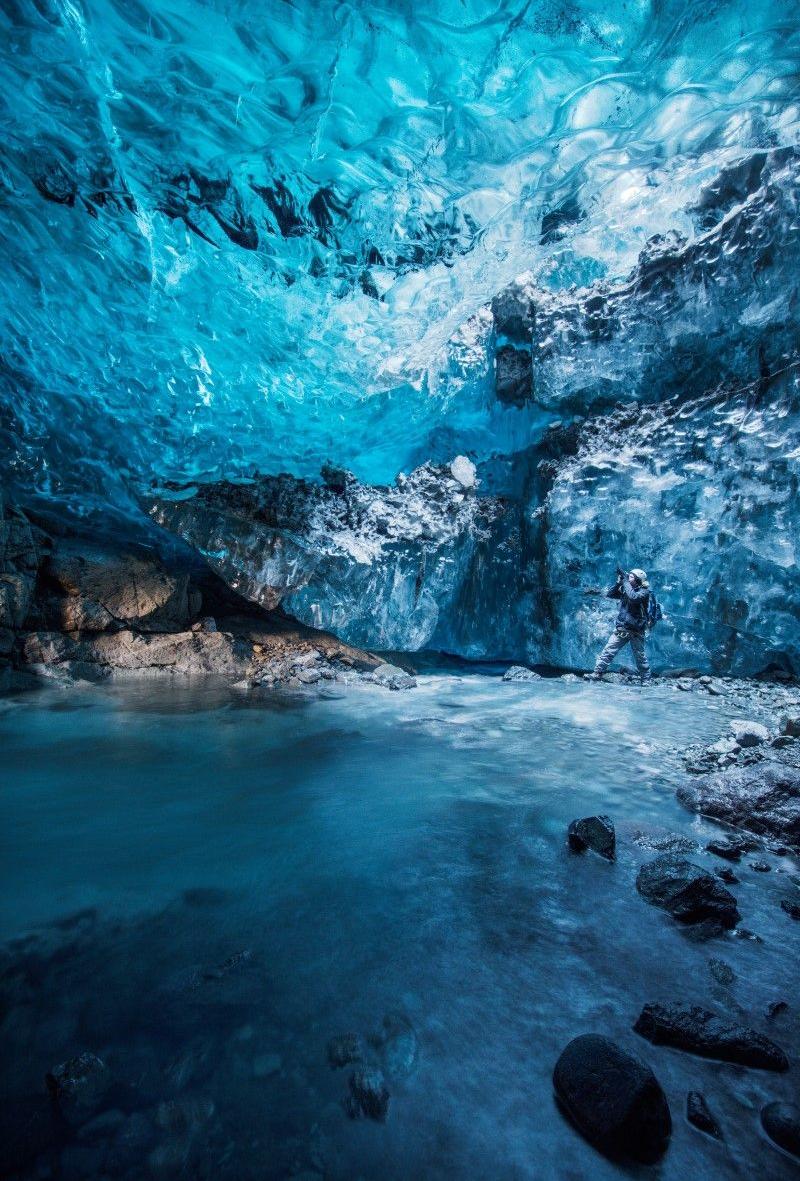
The ever-changing nature of ice caves makes them all the more beautiful. In winter, when the ice caves are fairly stable, they are actually changing slightly, with extreme cold causing the ice to shrink and harden, while warmer weather causes snow to fall and the ice to melt slightly on the surface. Over the course of each season, some of the old ice caves are eroded or lost, and new ones are formed.
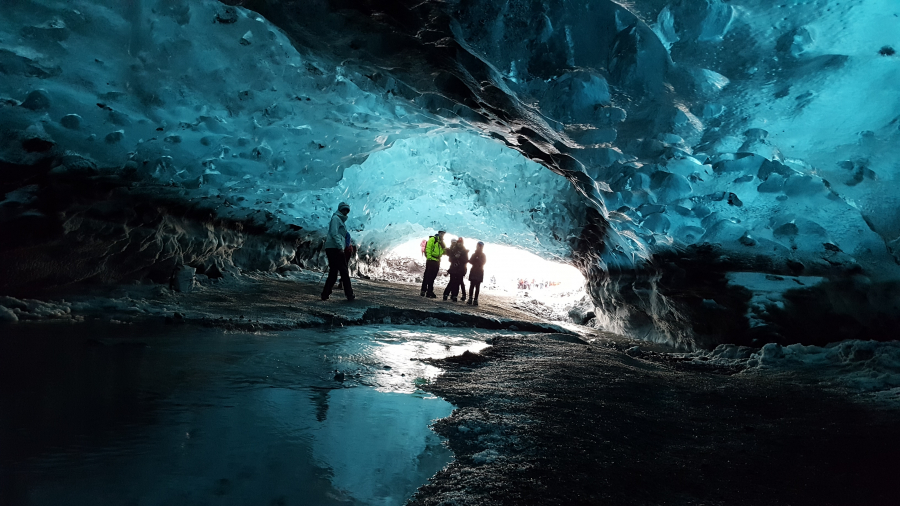
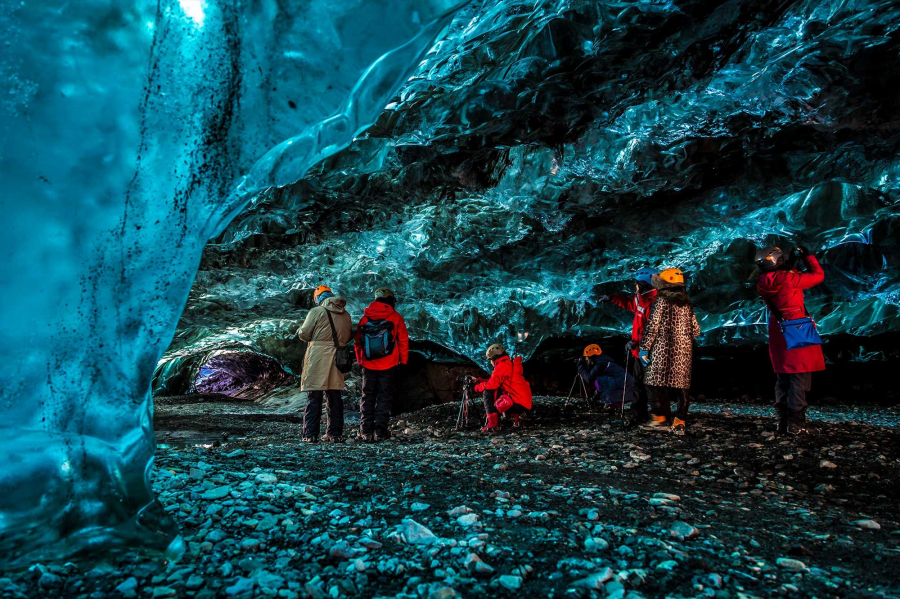
When you enter the ice cave, you are standing in the heart of a real glacier, this feeling is definitely extremely special and magical. Wandering in this ice cave, sometimes you will hear the gentle cracking sound of ice, making you suddenly realize that you are standing in the heart of a moving phenomenon of nature.
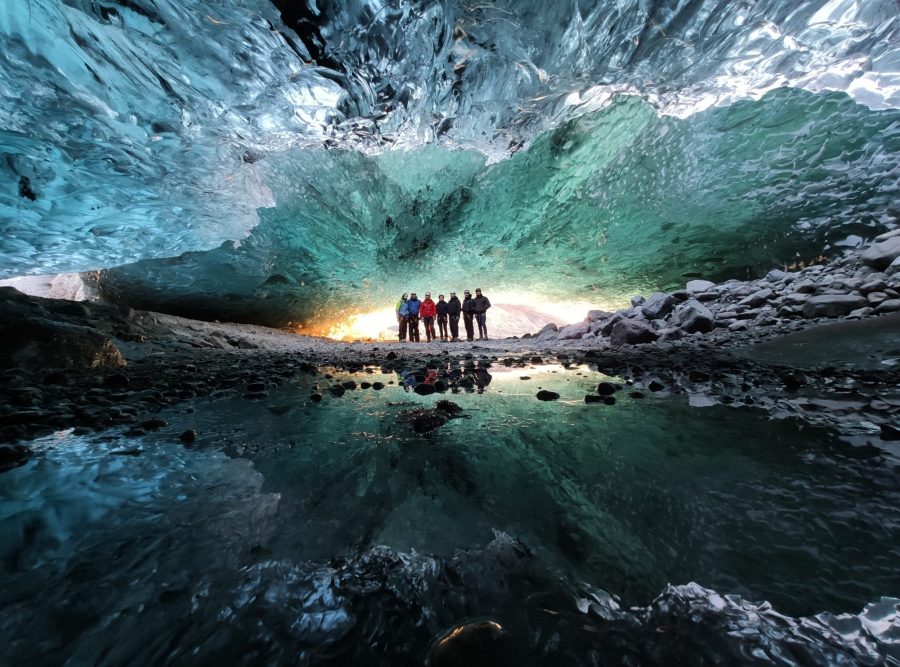
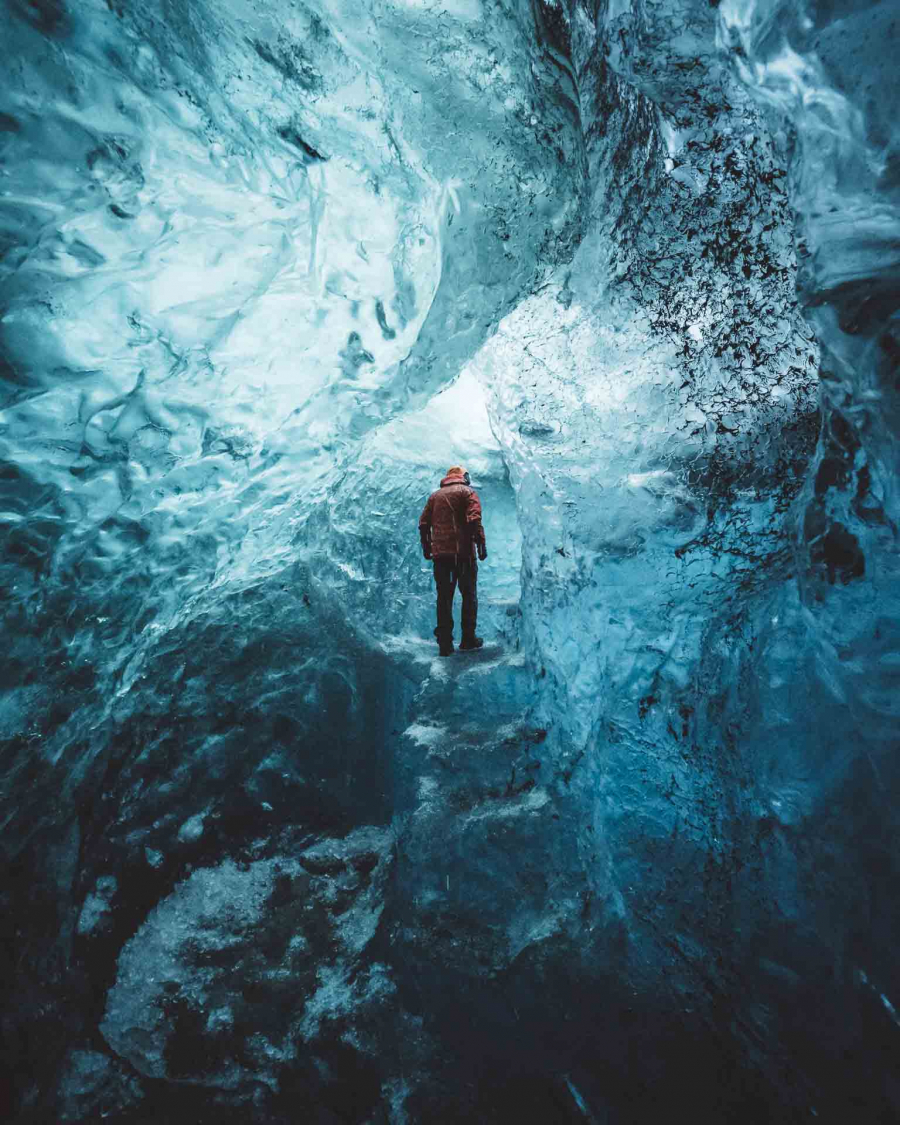
With ice caves, you will always have a feeling of appreciation because this fragile beauty does not exist forever but changes over time, this year it may be there but next year it may disappear completely. Warm summers will erode the ice very quickly and winter frosts will form new caves and ice tunnels. Therefore, each person coming at a different time can capture unique and memorable moments in the largest ice cave in Europe.
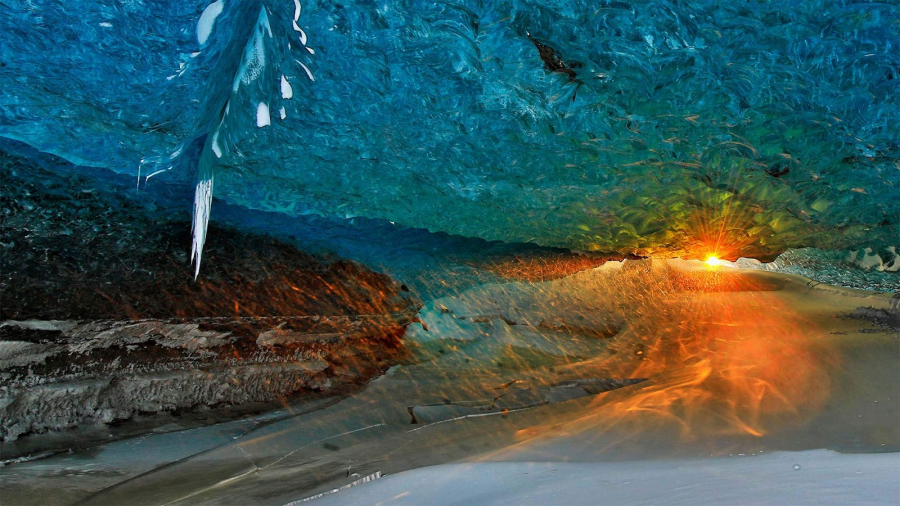
The ice caves in Iceland come in a wide range of colours, from crystal clear to light-reflecting to opaque blends of deep green, blue, white, grey and sometimes even purple or black. It is this shimmering blend of colours that has inspired many poets and photographers to look to Iceland’s ice caves for inspiration.
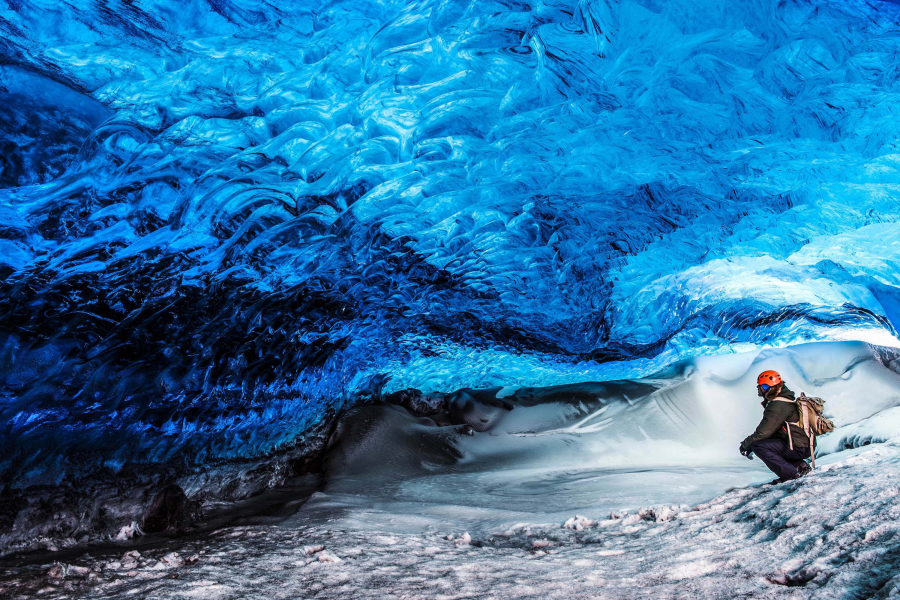
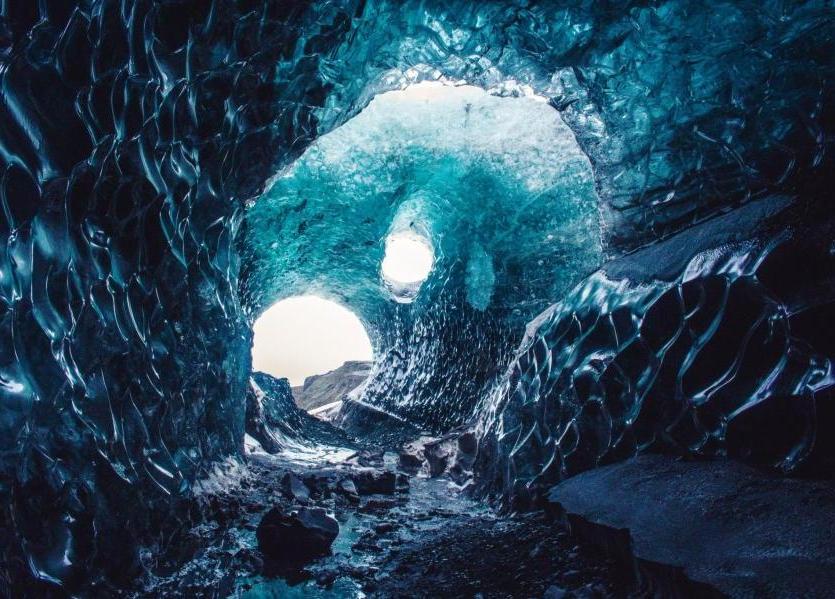
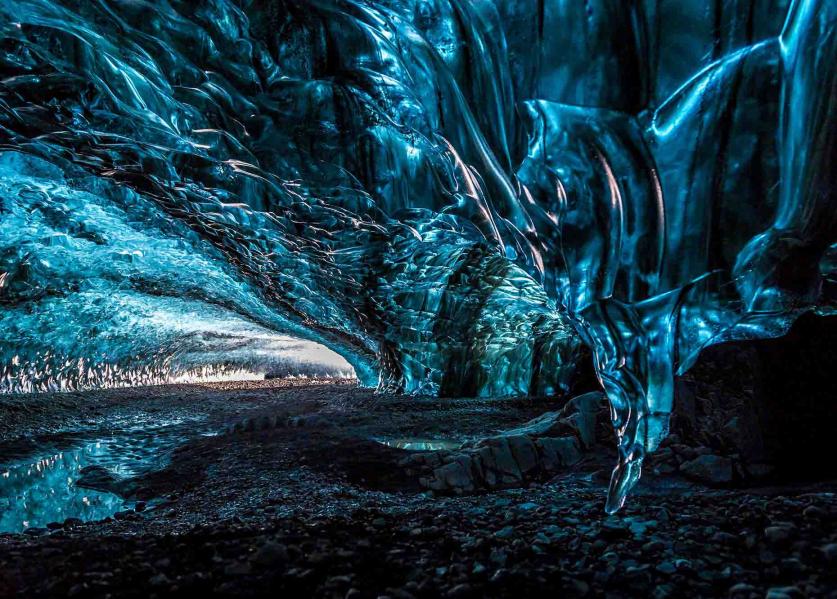

The best time to visit the ice caves in Iceland is in the winter, from November to March, when the weather is cold and stable enough to explore the caves. Summer visitors are sometimes disappointed because they do not get to see the majestic ice caves.
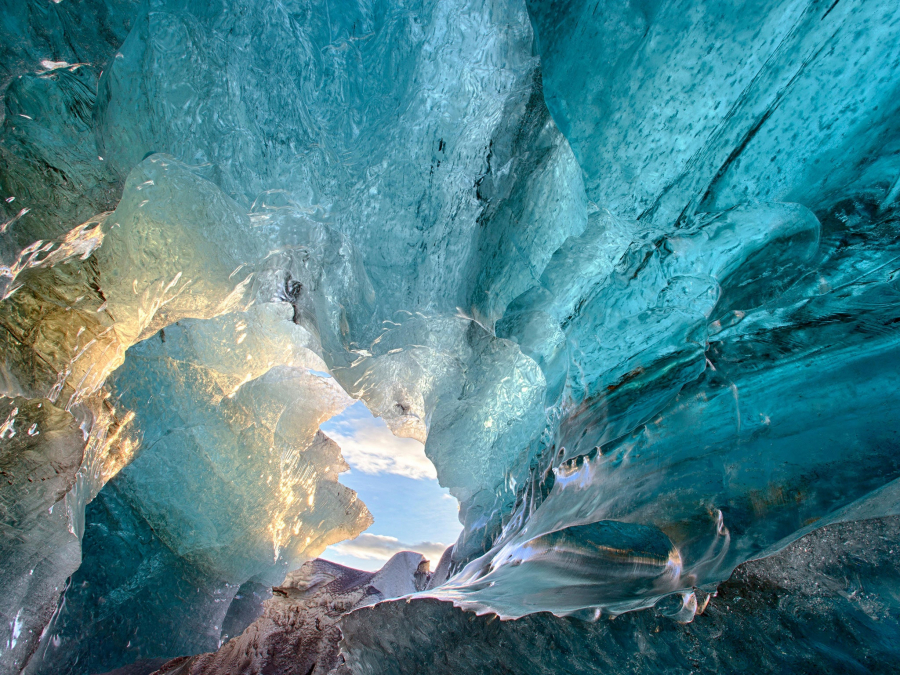
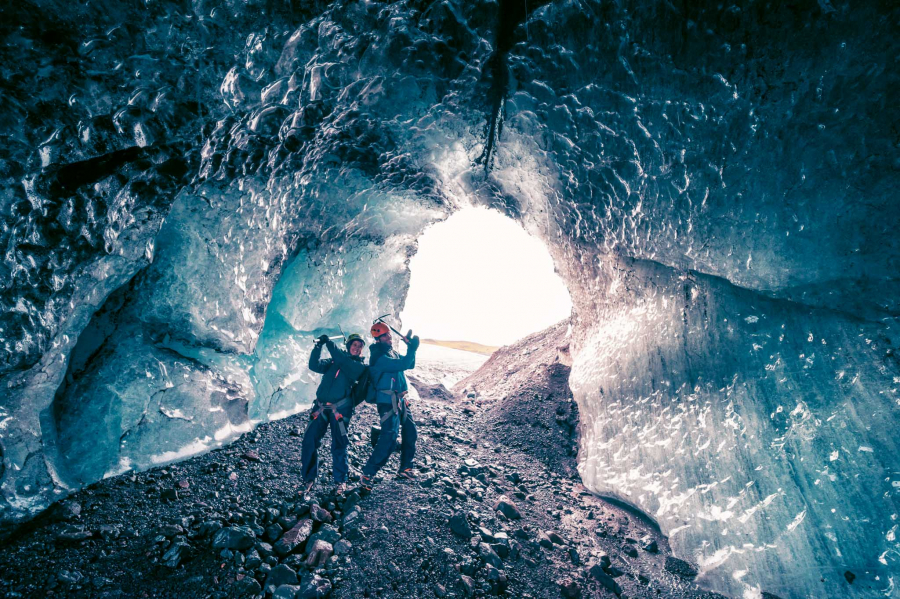
The important thing to remember, especially for those who travel independently, is that you need to go with a professional guide to ensure your own safety. Do not think that you can simply wander around and explore on your own because there are many potential risks such as cave collapse, flash floods, and ice avalanches that only well-trained guides with many years of professional experience can handle.

